Search
Search Results
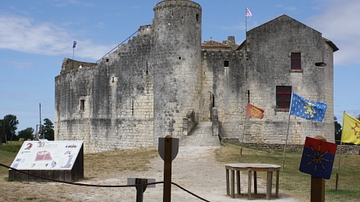
Image
Saint Jean-d'Angle Castle
Saint Jean-d'Angle Castle, Charente-Maritime, France. The castle was built c. 1180 CE and renovated from 1994 CE.
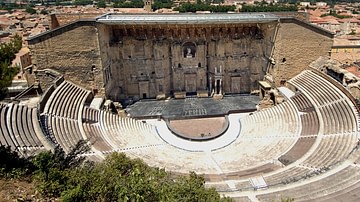
Image
Roman Theatre, Orange
The 1st century CE Roman theatre of Arausio (Orange, France) which once had a capacity of around 9,000 seats.
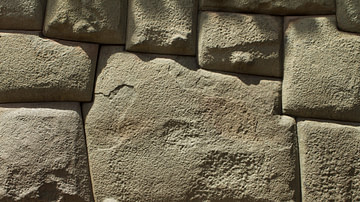
Image
Inca 12 Angle Stone
The famous stone from an Inca wall in Cuzco, Peru. The stone has 12 angles and illustrates the great precision Inca masons employed in ensuring their stone blocks fitted so well together that no mortar was needed. (15th century CE).
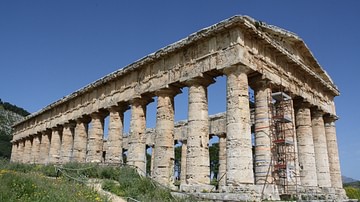
Article
Sicilian Temples (Greek Metrology)
Characteristics of Sicilian Archaic Temples The large dimensions of the components, the presence of a propteron, an adyton, and other specific elements of the plan and elevation speak for an originally very autonomous development of...
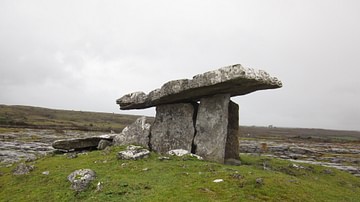
Definition
Poulnabrone
Poulnabrone is a portal tomb in the region known as the Burren, County Clare, Ireland and the oldest dated megalithic monument in the land. The name means "Hole of the Quern Stones", but the site is also commonly referred to as...

Image
Inscribed lintel from Silwan
This lintel was part of a rock-cut tomb. The text, inscribed in Hebrew, mentions that this tomb belongs to the "royal steward" and that there is no gold or silver inside it, just his bones and those of his maid-servants. Although the lintel...
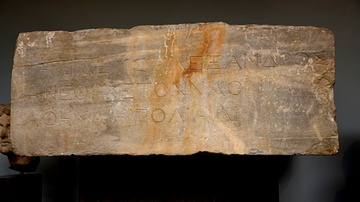
Image
Wall Block Inscribed with the Name of Alexander the Great
This marble wall block came from the temple of Athena Polias at Priene and is inscribed with the name of Alexander the Great. Around 340 BCE, the inhabitants of Priene were laying out their new city, terraced onto the slope of Mt. Mykale...
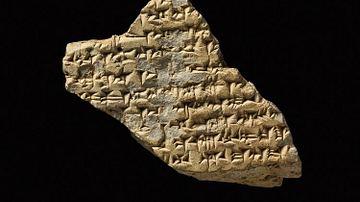
Image
Clay Tablet Inscribed in Hurrian
Inscribed by an unknown author, this portion of a clay tablet comprises eleven lines with a list of gods in Hurrian. It measures 50 mm in height and 49 mm in width. (British Museum, London)
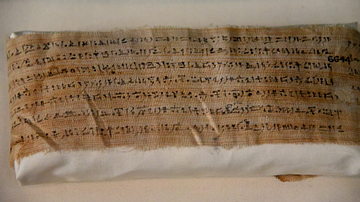
Image
Mummy Linen Inscribed with Portion of the Book of the Dead
Beginning in the 4th century BCE, funerary texts from "the Book of the Dead" were inscribed in hieratic directly on the wrappings of the mummy. Here, the deceased is named Djedher, son of Sekhmetnefret. Late Period, 4th century BCE or later...
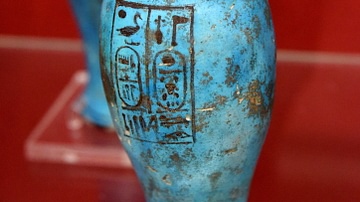
Image
Vase Inscribed with the Cartouches of Amenhotep II
This faience vase was inscribed with cartouches of the birth (nomen) and throne (prenomen) names of the Egyptian pharaoh Amenhotep II. New Kingdom, 18th Dynasty, reign of Amenhotep II, 1427-1400 BCE. Probably from the Valley of the Kings...